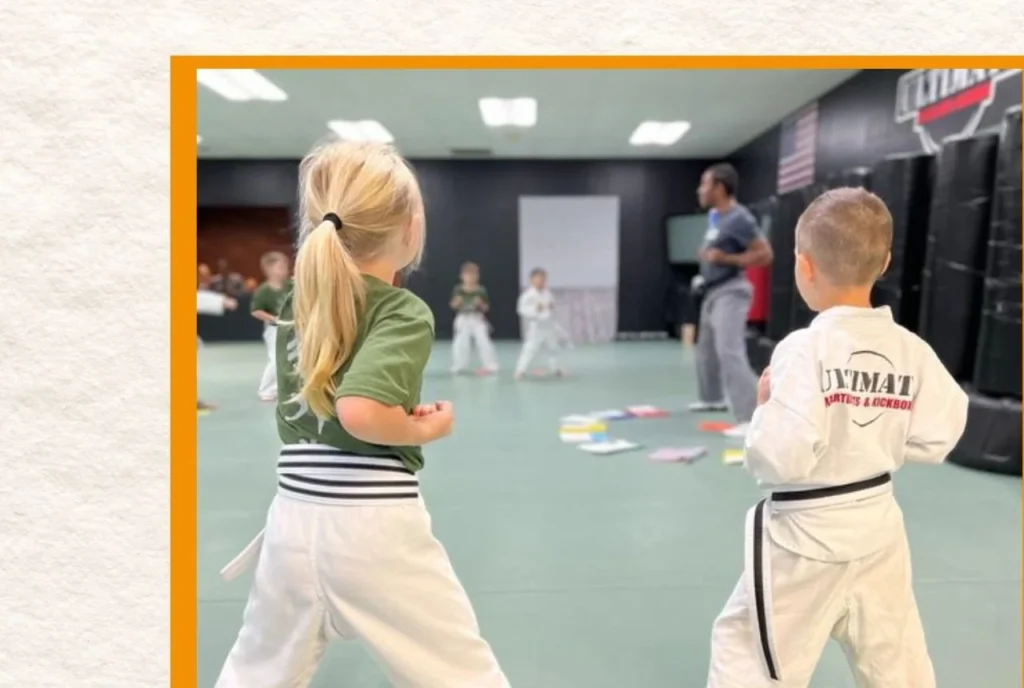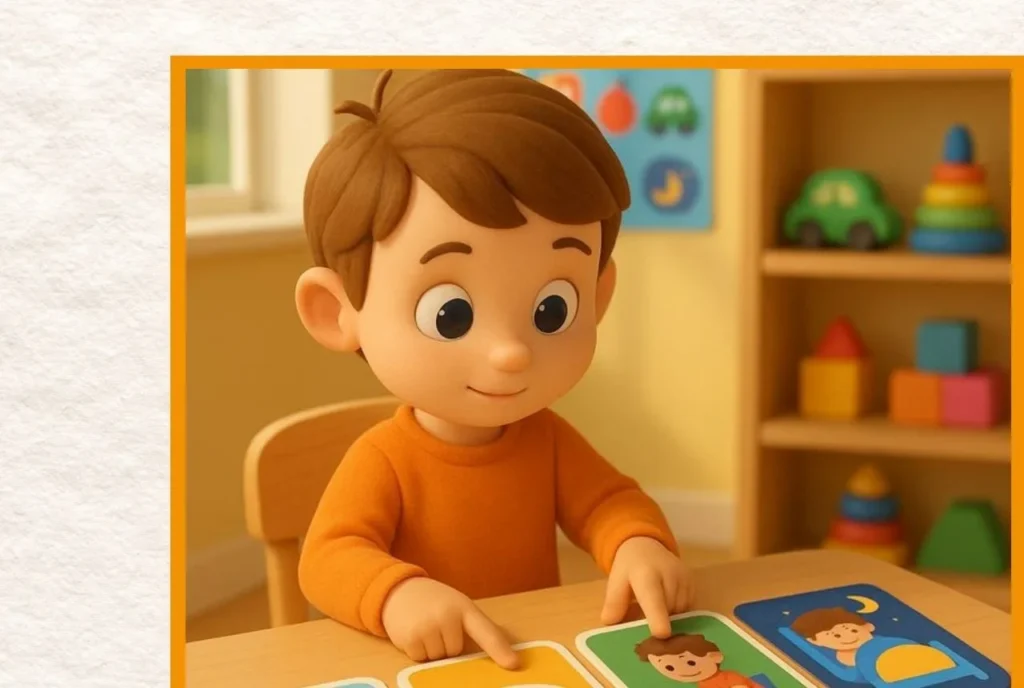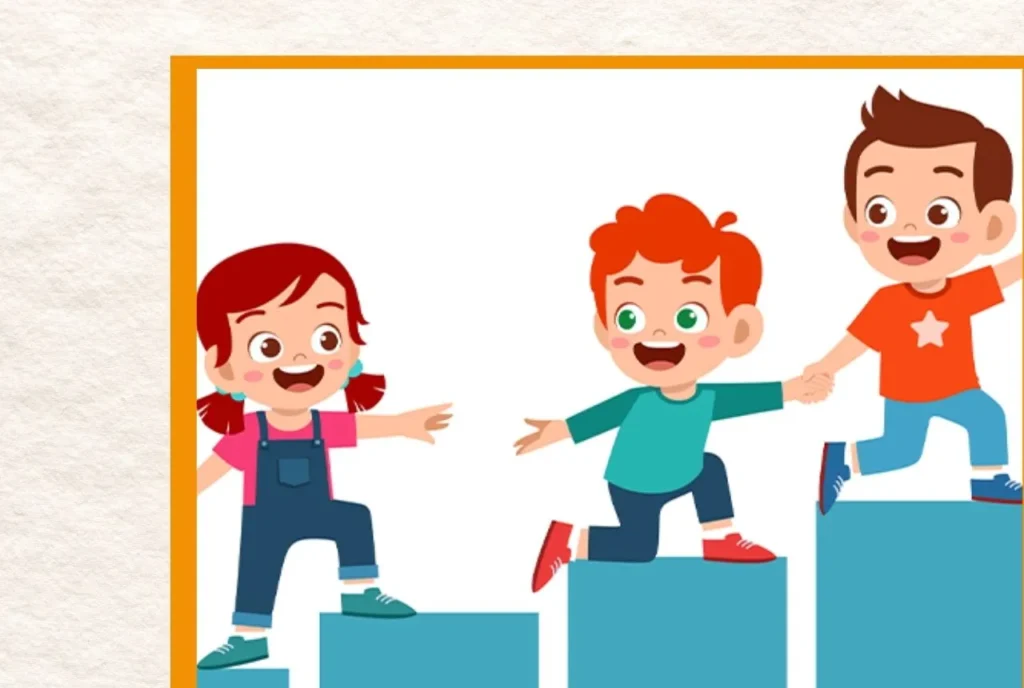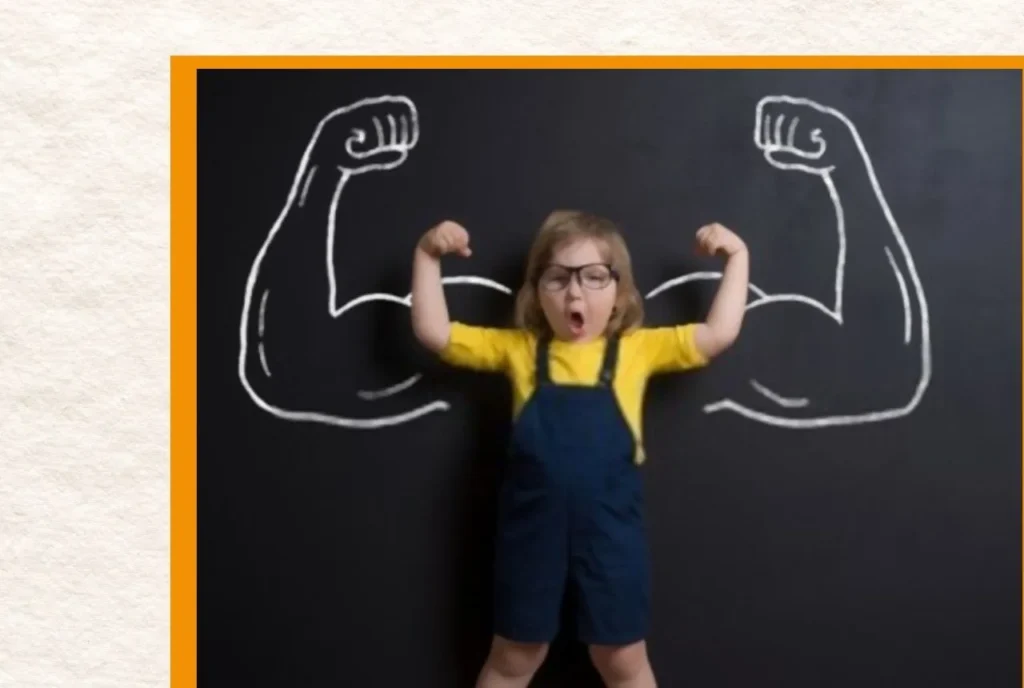In today’s fast-paced academic world and socially dynamic environment, understanding how martial arts improves discipline in students is more relevant than ever. Students face increasing pressure to perform, adapt, and excel. With distractions everywhere—from smartphones to peer influence—the need for discipline, resilience, and focus has never been greater.
This is where martial arts steps in—not just as a form of physical training but as a holistic life discipline. Rooted in tradition and self-mastery, martial arts offers a powerful path for shaping responsible, focused, and emotionally balanced individuals. Understanding how martial arts improves discipline in students is key to unlocking their potential both inside and outside the classroom.
In this blog, we’ll explore how martial arts improves discipline in students and dive into six transformative ways it builds mental resilience and unwavering focus.
How Martial Arts Improves Discipline in Students
Discipline is the backbone of academic success and personal growth. It refers to the ability to control one’s actions, make positive choices, and stay committed to long-term goals—skills that every student needs in abundance.
Martial arts instills discipline through its very structure. The core values—respect, self-control, consistency, and goal-setting—are embedded in every aspect of training. From bowing to instructors and peers to following strict routines and mastering techniques through repetition, students are constantly reminded of the importance of discipline. Understanding how martial arts improves discipline in students begins with recognizing these foundational practices.

Training environments like dojos are highly structured. Rituals, etiquette, and codes of conduct create a disciplined atmosphere where students learn to follow rules, listen attentively, and maintain composure. Instructors play a pivotal role as mentors, setting high expectations while offering steady support.
Peer interactions also contribute, as students learn to hold each other accountable and celebrate each other’s progress—another strong example of how martial arts improves discipline in students in real-time settings.
A prime example is International School Guwahati, a leading CBSE school in Assam. By integrating martial arts into its curriculum, the school not only encourages physical health but also champions values like discipline, self-respect, and perseverance—laying a strong foundation for holistic student development.
6 Amazing Ways Martial Arts Builds Resilience and Focus
1. Enhances Self-Control and Emotional Regulation
Martial arts equips students with the tools to manage emotions and impulses. Techniques such as controlled breathing, mindful movement, and structured sparring help them stay composed in challenging situations. Over time, they learn to respond calmly rather than react impulsively.

This self-regulation proves invaluable in real-life scenarios—whether it’s coping with academic stress, handling peer pressure, or staying focused during exams. Martial arts trains students to pause, breathe, and act with intention, reinforcing emotional balance and clarity.
2. Improves Concentration and Mental Focus
Every martial arts session demands intense focus—whether executing complex katas (forms), mastering drills, or anticipating a partner’s next move in sparring. These activities train the brain to block out distractions and stay locked in on a single task.

The benefit? Students often experience a marked improvement in classroom attention, homework completion, and active listening. The ability to tune into one task at a time helps them thrive academically and socially.
3. Teaches Goal Setting and Perseverance
The belt-ranking system is a cornerstone of martial arts. Each new belt represents a clearly defined goal, encouraging students to push beyond their current limits. Progress is earned through hard work, discipline, and repeated effort—lessons that seamlessly transfer to academic and personal goal-setting.

When students face setbacks, they learn to view failure not as defeat but as part of the journey. This promotes perseverance, helping them stay committed to long-term ambitions despite obstacles.
4. Builds Emotional Resilience and Stress Management
In the dojo, students frequently face failure—missing a move, losing a match, or struggling with a new technique. These moments, though difficult, offer safe opportunities to confront and overcome adversity.

Martial arts also incorporates stress-relief techniques such as meditation, breathwork, and slow, flowing movements (e.g., Tai Chi), which help students manage anxiety and frustration. This emotional resilience supports them in navigating the ups and downs of both school and life with grace and confidence.
5. Develops Leadership, Responsibility, and Social Skills
As students progress, they’re often given responsibilities such as leading warm-ups, mentoring beginners, or demonstrating techniques. These roles foster a sense of leadership and accountability.

Within this community-oriented environment, students learn the value of teamwork, communication, and mutual respect. They understand that leadership is not just about authority, but about empathy and setting an example for others.
6. Boosts Self-Confidence and Motivation
Mastering a new martial arts skill—or earning a new belt—instills a powerful sense of achievement. With each small win, students build self-confidence, believing in their ability to overcome challenges.
This internal motivation encourages a growth mindset, where students begin to embrace effort and setbacks as part of the learning process. Over time, they carry this confidence into academics, sports, and interpersonal relationships, empowering them to aim higher in all areas of life.

It’s yet another example of how martial arts improves discipline in students, by helping them stay focused, committed, and resilient through every phase of personal growth.
Martial Arts in Schools: The Example of International School Guwahati
International School Guwahati is a shining example of how martial arts can be seamlessly integrated into school life. As one of the top CBSE schools in Guwahati and Assam, it places strong emphasis on physical education, mental wellness, and value-based learning.
By incorporating martial arts into its daily curriculum, the school nurtures students who are not only academically sound but also emotionally intelligent, disciplined, and resilient. Many parents have observed notable improvements in their child’s focus, behavior, and confidence, validating martial arts as a critical tool in 21st-century education.
Final Thoughts on Martial Arts and Student Discipline
Martial arts goes far beyond physical fitness—it’s a time-tested system that nurtures discipline, resilience, and focus in young learners. From emotional control to goal-setting, the benefits are profound and far-reaching.
For parents and educators seeking to nurture well-rounded, grounded, and high-performing students, martial arts is a powerful addition to the learning journey. Schools like International School Guwahati exemplify this holistic approach, ensuring that every student is equipped not just for exams—but for life.
